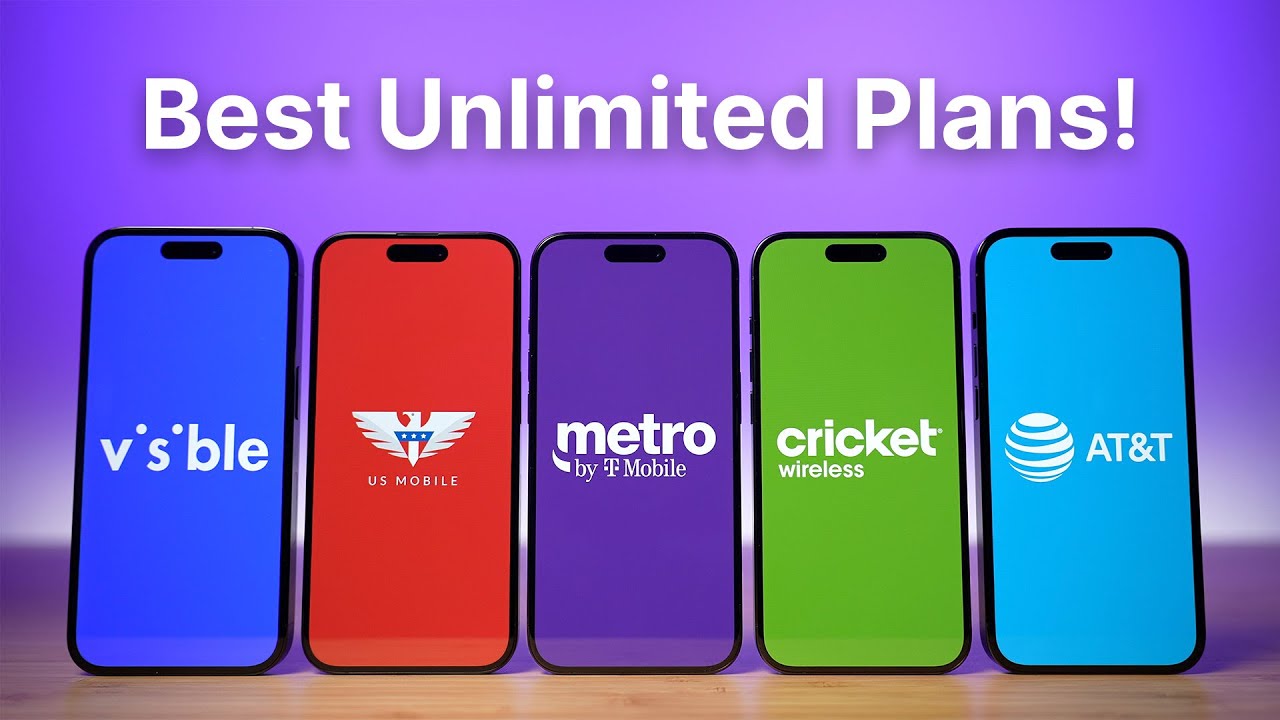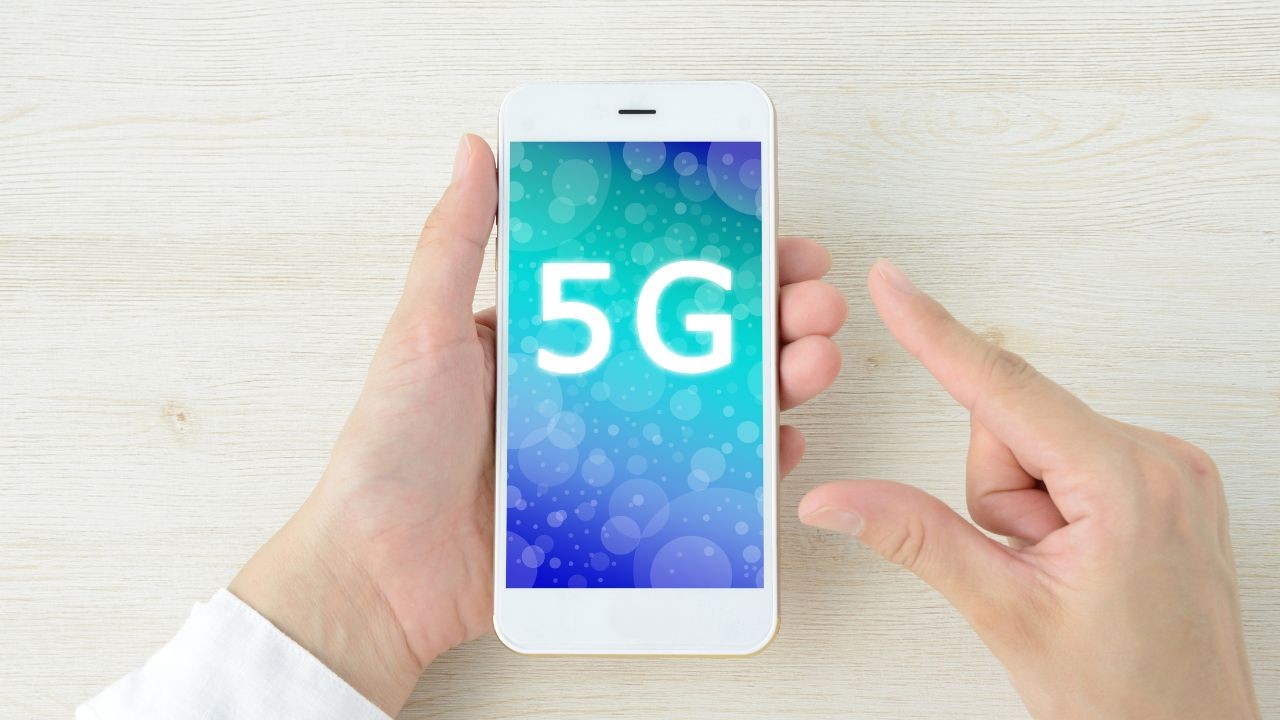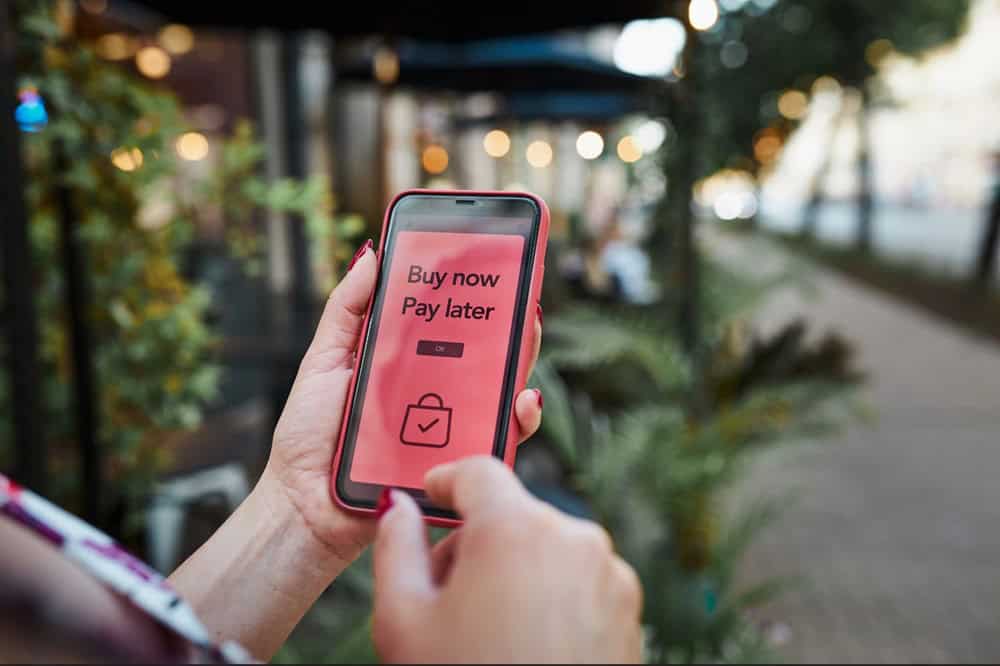In the contemporary landscape, where nearly every facet of life is intertwined with technology, cell phones and tablets have evolved significantly from being mere luxury items to essential tools that empower everyday living. These devices play a pivotal role not only in facilitating seamless communication but also in granting access to a plethora of critical services that are integral to personal and professional lives. For many individuals, particularly those from low-income backgrounds, the ability to procure these devices poses a considerable financial challenge.
As our world increasingly becomes digital, having access to a smartphone or tablet is vital. These devices enable communication with family, friends, and employers; deliver educational resources; facilitate healthcare appointments; and allow individuals to remain informed about essential news and local happenings. Unfortunately, the reality is that many people, especially those in marginalized communities, do not have the financial means to maintain a cell phone or tablet service. This digital divide can further perpetuate cycles of poverty, limiting opportunities for education and employment.
Fortunately, various government programs and non-profit organizations have recognized this gap and are dedicated to providing free or low-cost devices to eligible individuals and families. These initiatives are not just about distributing hardware; they aim to foster digital equity, enhance community engagement, and ensure that everyone has the tools necessary to navigate modern life effectively.
For those looking to take advantage of such programs, understanding the eligibility criteria is paramount. The process of assessing qualifications can often feel overwhelming, with intricate requirements regarding specific documentation and qualifying programs. This guide aims to systematically break down these requirements, providing clarity and direction for those seeking these valuable benefits.

Next Page
You May Also Like
-

Comparing Unlimited Data Mobile Plans in the U.S.
In the U.S., unlimited data mobile plans have become a popular choice for many users, offering unrestricted data usage to meet the high demand for internet connectivity in modern life. Below are some of the major unlimited data plans offered by various carriers to help you find the best option for your needs.
-

A Detailed Guide to Government and Non-Profit Free Phone Programs
In today’s interconnected society, mobile phones have transcended mere communication devices; they have become essential tools for accessing information, securing employment, managing finances, and even obtaining critical health services. For low-income individuals and families, the ability to communicate freely can significantly impact their quality of life and opportunities for social and economic advancement. Understanding this need, various government initiatives and non-profit organizations have established free phone programs aimed at reducing the digital divide. These programs are critical, as they ensure that financial obstacles do not lead to social isolation.
-

Buy Now, Pay Later (BNPL) Phones: A Convenient Way to Own Smartphones
Buy Now, Pay Later (BNPL) is a popular payment model that allows consumers to purchase smartphones without paying the full amount upfront.
Popular Blog
-

Affordable Alternatives When You Don’t Qualify for Free Government Phones in the U.S.
Don’t qualify for a free government phone like Lifeline? This article explores affordable options for staying connected. Discover prepaid plans, discounted deals, the used phone market, and how to leverage free Wi-Fi and community resources to maintain essential communication on a budget.
-

How to Get a Free Tablet from Government Programs
In this article, we’ll explore these programs, the types of tablets you can get, and the carriers currently participating in these initiatives.
-

How to Check Your Eligibility for Free Cell Phones and Services
Learn how to check your eligibility for free cell phones and services through programs like Lifeline and ACP. Discover income-based requirements, application steps, and benefits.





